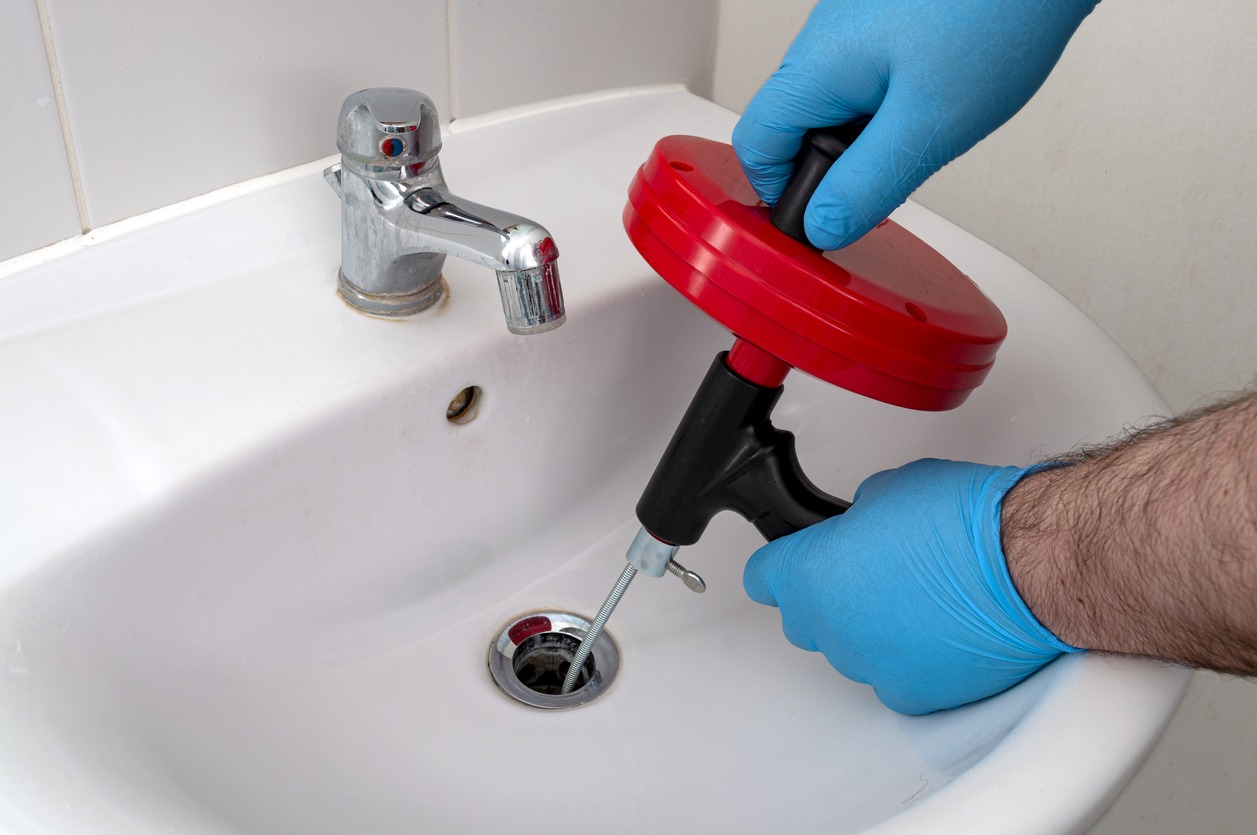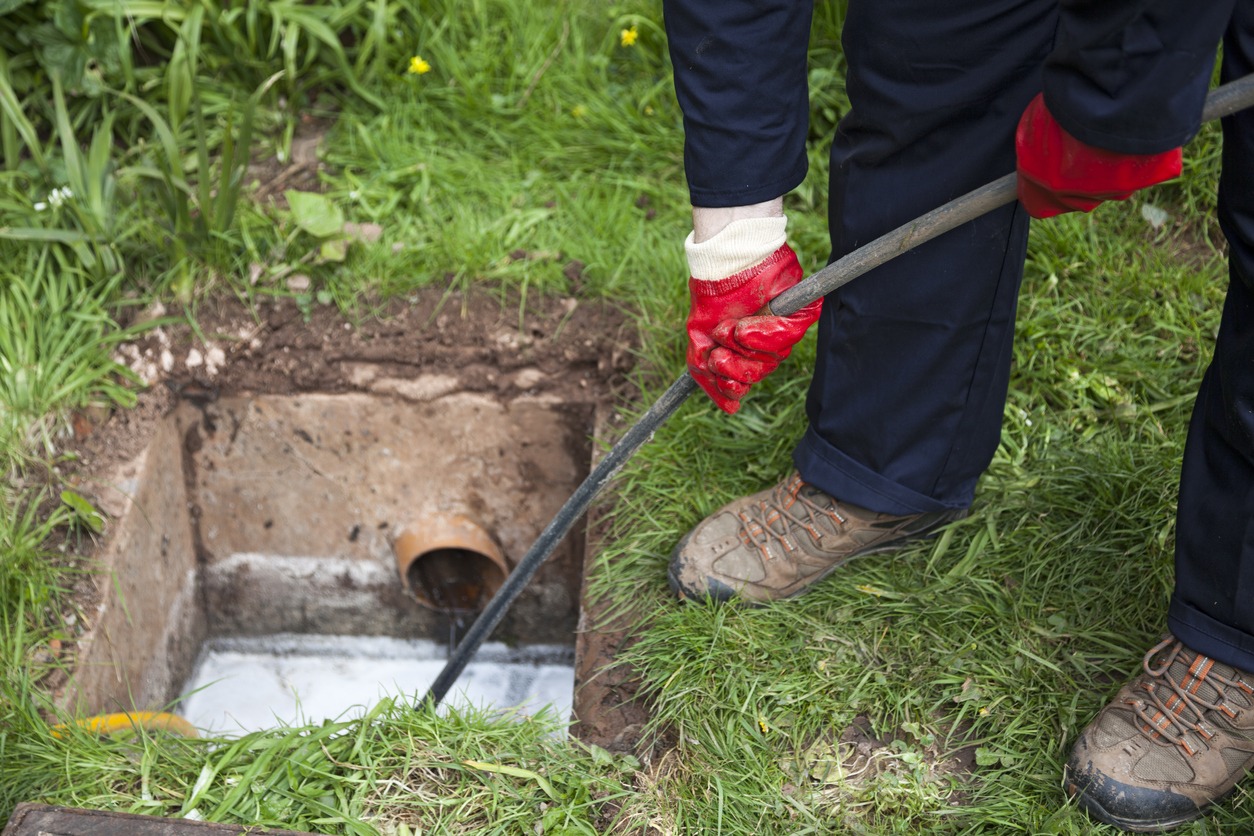Drain cleaning tools help remove any blockages that cause a clogged drain, but these tools can come in many different shapes and sizes.
Understanding the Different Drain Cleaning Tools
Drain cleaning tools come in many different shapes and sizes, which means that it is necessary to know how to use each kind of tool before attempting any drain cleaning job. By understanding the basics of using a particular type of drain cleaning tool, blockages can often be removed more quickly.
Drain cleaning tools include:
- Snake-style drain cleaner
- Plunger
- Cables and wires with springs
- Drain auger (a long corkscrew)
These tools can be attached to a handle or used by hand. The most common drain cleaners are the augur, cable, plunger, and combination units that include the auger or plunger with an attached cable or wire.
The most commonly used drain cleaners are the combination units that combine a plunger with either a corkscrew-auger, coiled metal cable, or plastic spiral. The handle on these tools allows the user to push down on the internal spring to create suction and pull up to engage the auger. The bag attached to these tools collects any waste material that may have been removed from the drain.
Pipe snakes (wands) resemble a toilet plunger but often have a tapered end and a much larger cup size. Cable augers used in sink and tub drains consist of a steel wire with a corkscrew end.
Plungers are generally used to clean sinks and tubs with clogs, although they may also be used for toilets if that toilet uses enough water to create suction. Pipe snakes are inserted into drain openings and then rotated around the bend in the drainpipe or up-and-down across the bottom to clear obstructions.
A drain auger (cable/wire) is inserted into a drainpipe and rotated by hand or turned reverse drill. A weight on the end of the cable helps feed more of the cable through clogged drains and also pulls it back so that it can be removed from the pipe.
Combination units combine the features of a plunger and an auger. To use, remove clogs with the plunger and then rotate the handle to engage the auger (which is coiled inside) to clear more deeply embedded clogs.
How to Use Drain Cleaning Tools
Knowing how to use a particular tool is often needed to get the job done quickly.
1. Remove the Cover from the Drain
It is important for safety purposes to ensure no lurking hazards beneath the drain cover or p-trap before sticking a hand or other tool into the drain. There may be rocks, sharp metal, or debris present that could potentially cause harm to anyone attempting to unclog the drain.
2. Insert Drain Cleaning Tool Into Drain
Once it is determined that there are no dangerous materials in the drains, please choose the right tool and place it into the drain to be completely submerged in water.
3. Pull up on Drain Cleaning Tool to Determine if Blockage Has Been Removed
There may be a great deal of pressure built up behind whatever has been blocking the drain, which means pulling up on the tool with significant force may be necessary to remove the blockage. If the backup is still in the drain after pulling up on the device, it may be time to use a different tool or call a plumber.
4. Turn Drain Cleaning Tool in Rotary Motion Back and Forth
A drain cleaning tool with a small rotating brush can help break up any built-up material that may have been causing the clog.
5. Continue to Turn Drain Cleaning Tool Back and Forth While Removing from Drain
Most drain cleaning tools come with a c-shaped handle, so it is possible to grip down on the handle and pull up, which will help ensure that the device can be removed from the drain cleanly.
6. Wash Drain Cleaning Tool Off as Needed
If a rotating brush were used, it would need to be washed off before being used again or set aside for a separate cleanup. Make sure that all tools are completely dry before putting them away.
The best thing about knowing how to use various drain cleaning tools is that there are often multiple tools to choose from when clearing a drain.
Finding the right tool for the job makes it possible to avoid needing to call a plumber or deal with unsanitary conditions that an unfiltered drain may cause.


